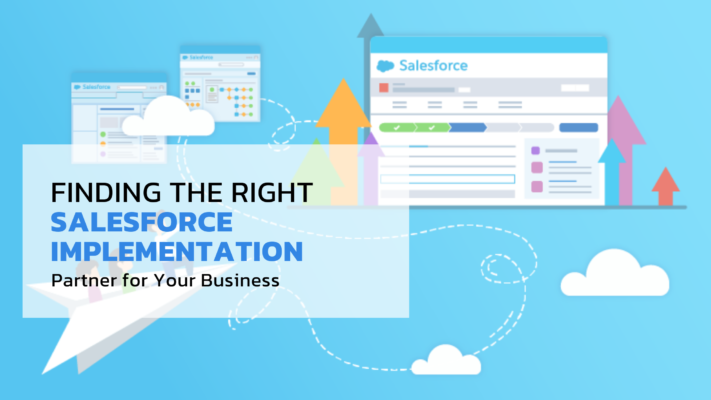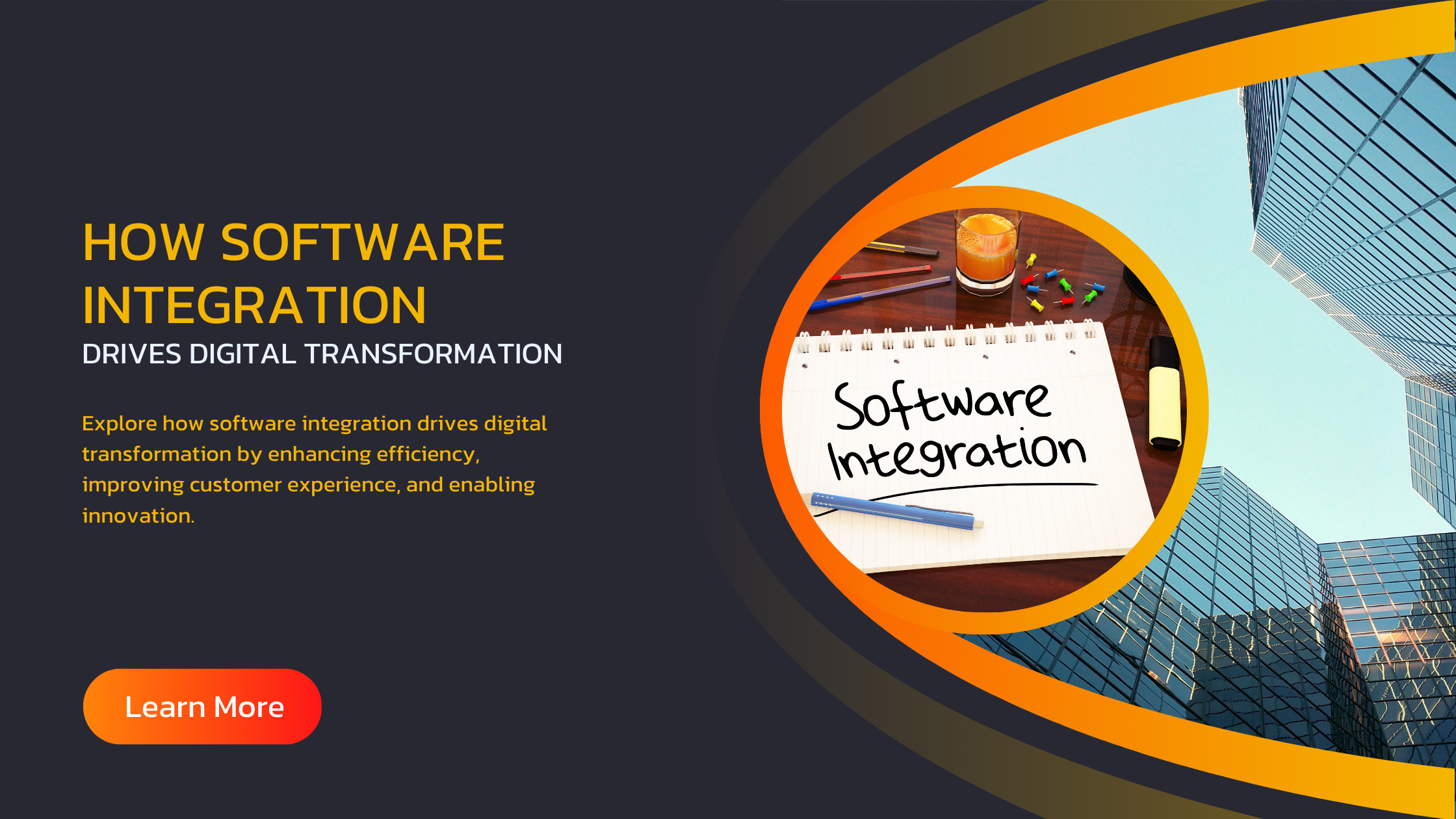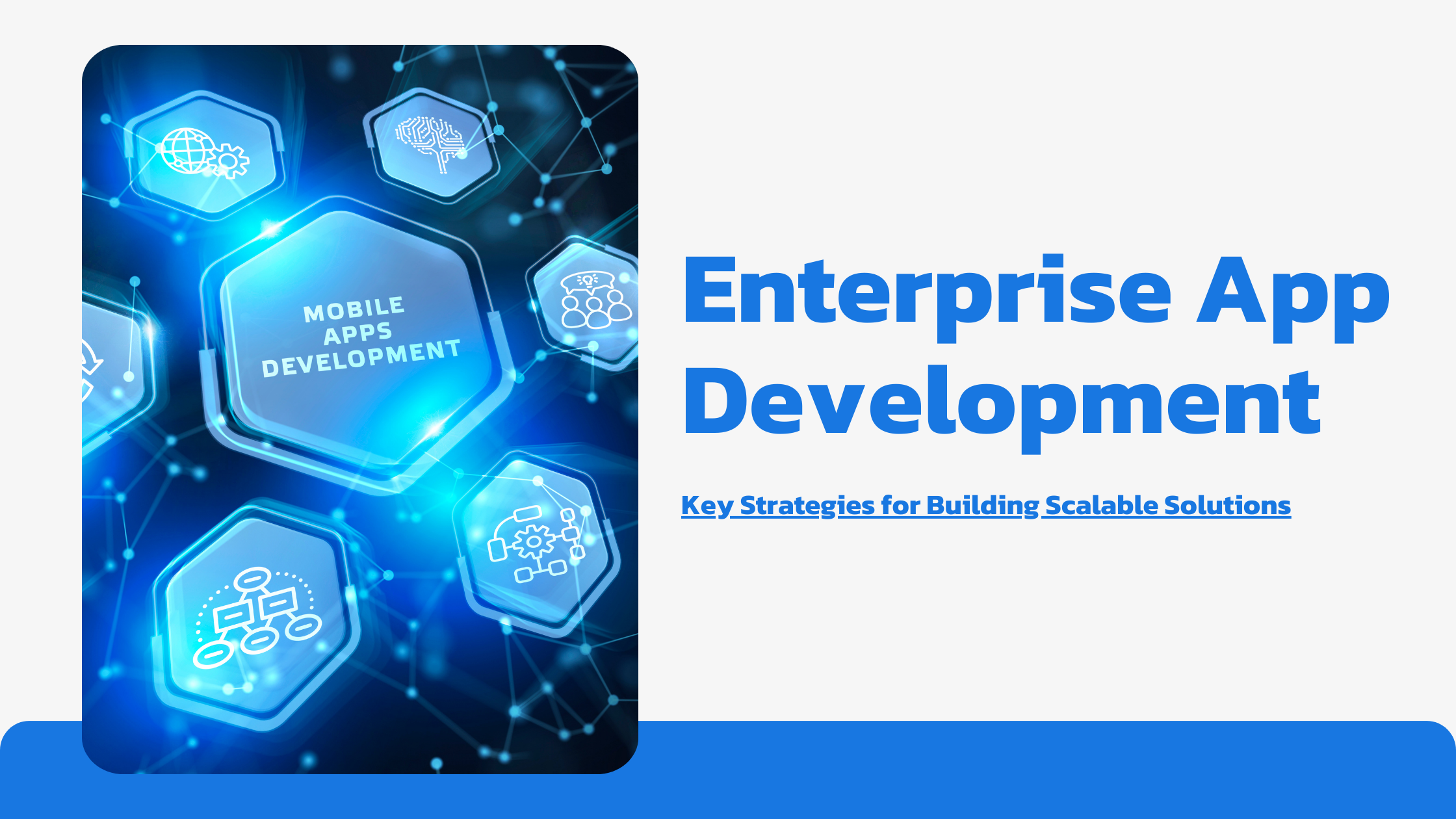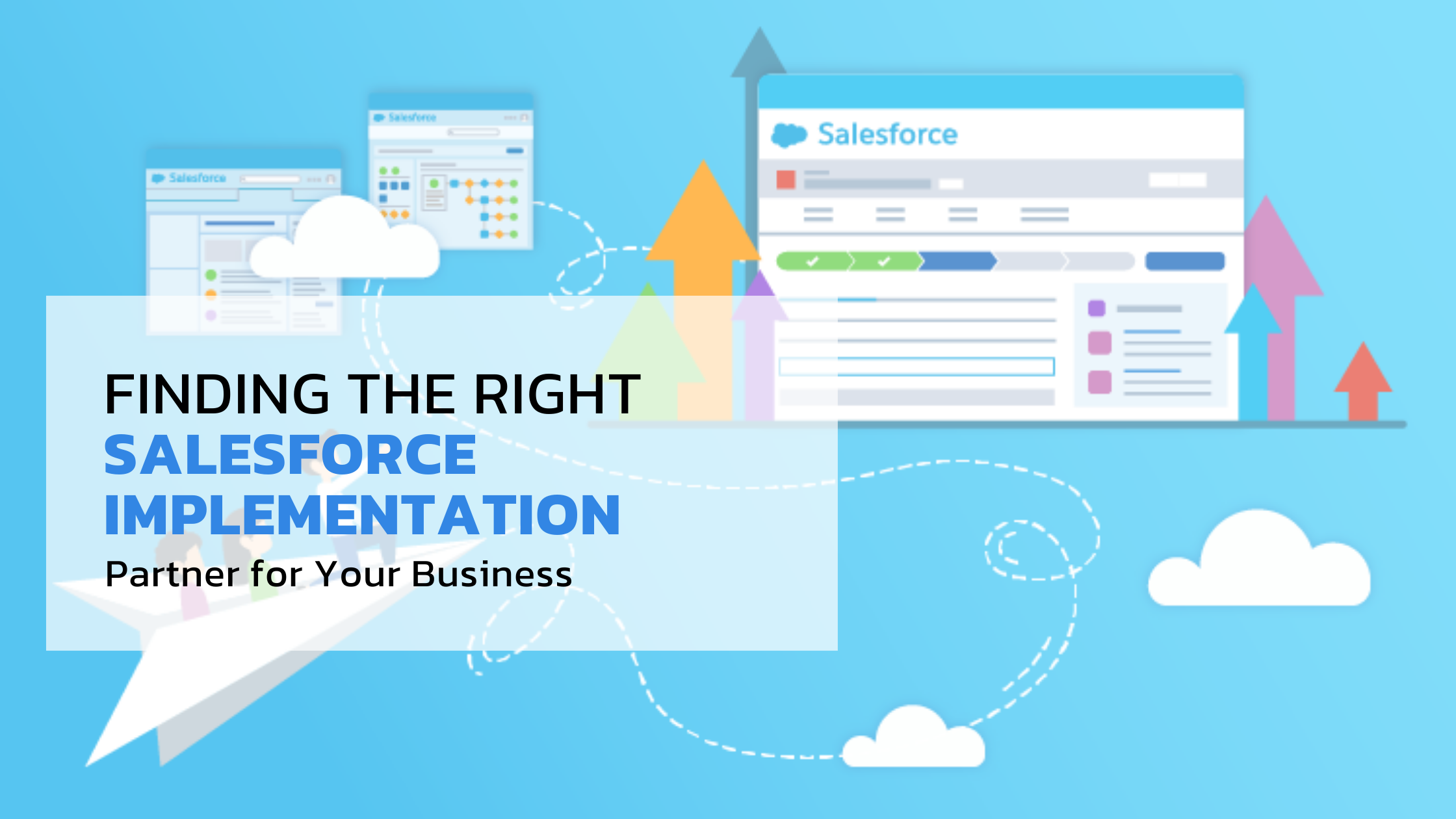
Optimizing team performance is crucial for achieving organizational goals in a dynamic business environment. Adopting a Team-Based Organizational Structure is one of the most effective strategies for enhancing team output. This approach focuses on collaboration, innovation, and flexibility, empowering teams to respond rapidly to changing market demands. In this article, we will explore the intricacies of the Team-Based Organizational Structure, its advantages, challenges, best practices, and its role in driving organizational success.
Understanding Team-Based Organizational Structure
The Team-Based Organizational Structure is a modern framework where employees are grouped into teams to work toward a common goal. This structure contrasts with traditional hierarchical models, where authority and decision-making are concentrated at the top. In a Team-Based Organizational Structure, teams are given autonomy and responsibility, fostering a culture of collaboration and shared ownership.
Key Characteristics of a Team-Based Organizational Structure

1. Collaboration: Team members work closely together, sharing knowledge and expertise to achieve common objectives.
2. Flexibility: Teams can adapt quickly to changes in the business environment, making them more resilient to challenges.
3. Empowerment: Team members have the authority to make decisions, which boosts morale and increases job satisfaction.
4. Diverse Skill Sets: Teams are often composed of individuals with different backgrounds and skills, fostering innovation and creativity.
5. Accountability: Teams are collectively responsible for their performance, which encourages collaboration and mutual support.
Benefits of a Team-Based Organizational Structure
Implementing a Team-Based Organizational Structure can yield numerous benefits for organizations, including:
1. Improved Communication
In a team-based structure, open communication is essential for success. Team members are encouraged to share ideas, provide feedback, and collaborate on projects. This culture of communication helps to break down silos, leading to better coordination and faster problem-solving.
2. Enhanced Innovation
When diverse teams come together, they bring unique perspectives and experiences to the table. This diversity fosters creativity and innovation, enabling teams to develop new ideas and solutions that may not have been possible in a more traditional structure.
3. Increased Agility
The Team-Based Organizational Structure allows organizations to be more agile and responsive to market changes. Teams can quickly pivot their focus and adapt their strategies, ensuring that the organization remains competitive in a rapidly changing environment.
4. Higher Employee Engagement
Empowering employees through a team-based approach can lead to increased job satisfaction and engagement. When team members feel that their contributions matter and have a say in decision-making, they are more likely to be motivated and committed to their work.
5. Improved Performance
A Team-Based Organizational Structure can lead to improved performance at both the team and organizational levels. With clear goals, accountability, and collaboration, teams are better equipped to achieve their objectives and drive overall organizational success.
Implementing a Team-Based Organizational Structure
Transitioning to a Team-Based Organizational Structure requires careful planning and execution. Here are some key steps to consider:
1. Define Objectives and Goals
Before implementing a team-based structure, organizations must clearly define their objectives and goals. What are the desired outcomes? How will the new structure help achieve these goals? Establishing a clear vision is essential for guiding the transition process.
2. Assess Current Structure
Conduct a thorough assessment of the current organizational structure. Identify areas that need improvement and determine how a Team-Based Organizational Structure can address these issues. This analysis will provide valuable insights into the potential challenges and opportunities of the new structure.
3. Design Teams
When designing teams, consider the skills and expertise required to achieve specific objectives. Aim for diversity in skill sets and backgrounds to foster creativity and innovation. Clearly define team roles and responsibilities to ensure that everyone understands their contributions to the team’s success.
4. Foster a Collaborative Culture
To thrive in a Team-Based Organizational Structure, organizations must foster a culture of collaboration and open communication. Encourage team members to share ideas, provide feedback, and support one another. Establish regular team meetings and check-ins to facilitate communication and collaboration.
5. Provide Training and Resources
Invest in training and resources to support teams in their new structure. Provide team members with the tools and skills they need to work effectively together. Consider offering team-building activities to strengthen relationships and enhance collaboration.
6. Monitor and Evaluate
Regularly monitor and evaluate the performance of teams within the Team-Based Organizational Structure. Collect feedback from team members and stakeholders to identify areas for improvement. Use performance metrics to measure the effectiveness of the new structure and make adjustments as needed.
Challenges of a Team-Based Organizational Structure
While a Team-Based Organizational Structure offers many advantages, it also comes with its own set of challenges. Understanding these challenges is crucial for successful implementation:
1. Resistance to Change
Transitioning to a team-based structure may encounter resistance from employees who are accustomed to traditional hierarchical models. Addressing concerns and providing support during the transition is essential for overcoming resistance.
2. Balancing Autonomy and Accountability
Finding the right balance between autonomy and accountability can be challenging in a team-based structure. Teams must have the freedom to make decisions while also being held accountable for their performance. Clear expectations and guidelines can help manage this balance.
3. Communication Gaps
While open communication is a hallmark of a Team-Based Organizational Structure, communication gaps can still occur. Ensuring that team members have access to the information they need and facilitating regular communication can help mitigate this issue.
4. Conflicts and Disagreements
Diverse teams may encounter conflicts and disagreements as team members bring different perspectives to the table. Establishing a framework for conflict resolution and encouraging respectful discussions can help teams navigate challenges effectively.
Best Practices for Maximizing Team Output
To optimize the effectiveness of a Team-Based Organizational Structure, consider the following best practices:
1. Set Clear Goals
Establish clear, measurable goals for each team to provide direction and focus. Ensure that team members understand how their contributions align with broader organizational objectives.
2. Foster a Supportive Environment
Create a supportive environment where team members feel comfortable sharing ideas and taking risks. Encourage collaboration and mutual respect among team members.
3. Leverage Technology
Utilize technology tools to enhance collaboration and communication among team members. Consider project management software, communication platforms, and collaboration tools to streamline workflows.
4. Recognize and Reward Contributions
Recognize and reward individual and team contributions to foster motivation and engagement. Celebrate achievements, both big and small, to reinforce a sense of accomplishment and camaraderie.
5. Provide Opportunities for Professional Development
Invest in professional development opportunities to help team members grow their skills and advance their careers. Offering training programs, workshops, and mentorship can enhance team capabilities and foster a culture of continuous learning.
Measuring Success in a Team-Based Organizational Structure
To determine the effectiveness of a Team-Based Organizational Structure, organizations should establish metrics to measure success. Key performance indicators (KPIs) may include:
1. Team Performance Metrics
Monitor team performance against established goals and objectives. Evaluate productivity, quality of work, and adherence to deadlines to assess team effectiveness.
2. Employee Engagement Surveys
Conduct regular employee engagement surveys to gauge team member satisfaction and engagement levels. Analyze feedback to identify areas for improvement and track changes over time.
3. Collaboration Metrics
Measure collaboration among team members, including communication frequency, participation in team meetings, and the sharing of ideas and resources.
4. Innovation Metrics
Track the number of new ideas generated and implemented by teams. Assess the impact of these innovations on organizational performance and competitiveness.
5. Customer Satisfaction
Evaluate customer satisfaction and feedback to determine the impact of the Team-Based Organizational Structure on service delivery and customer experience.
Conclusion
The Team-Based Organizational Structure offers a powerful framework for organizations seeking to optimize team output and enhance overall performance. By fostering collaboration, innovation, and accountability, this structure empowers teams to achieve their goals and drive organizational success. While challenges may arise during implementation, careful planning and adherence to best practices can lead to significant improvements in efficiency and employee engagement.
As organizations continue to navigate an increasingly complex business landscape, adopting a Team-Based Organizational Structure may be the key to unlocking their full potential. By investing in team development, fostering a collaborative culture, and leveraging technology, organizations can position themselves for long-term success.
For organizations looking to implement a Team-Based Organizational Structure, partnering with a reliable service provider – Upcore Technologies can provide the expertise and support needed to navigate the transition effectively. By leveraging Upcore’s extensive experience in organizational development and team optimization, businesses can unlock the full benefits of this innovative approach and drive their success in the modern marketplace.











